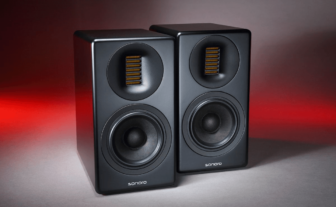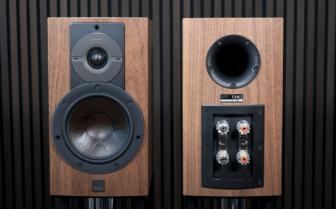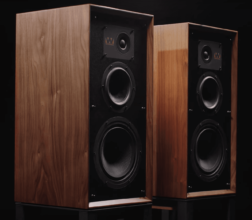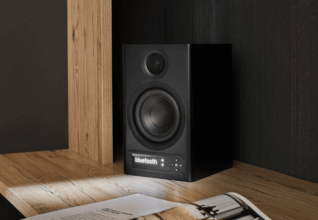Technics SC-CX700 Review
With room correction, streaming, phono input, improved coaxial driver, and all sorts of Technics technology, the new SC-CX700 are supposed to be a modern and exciting pair of active speakers.
by Julian Holländer
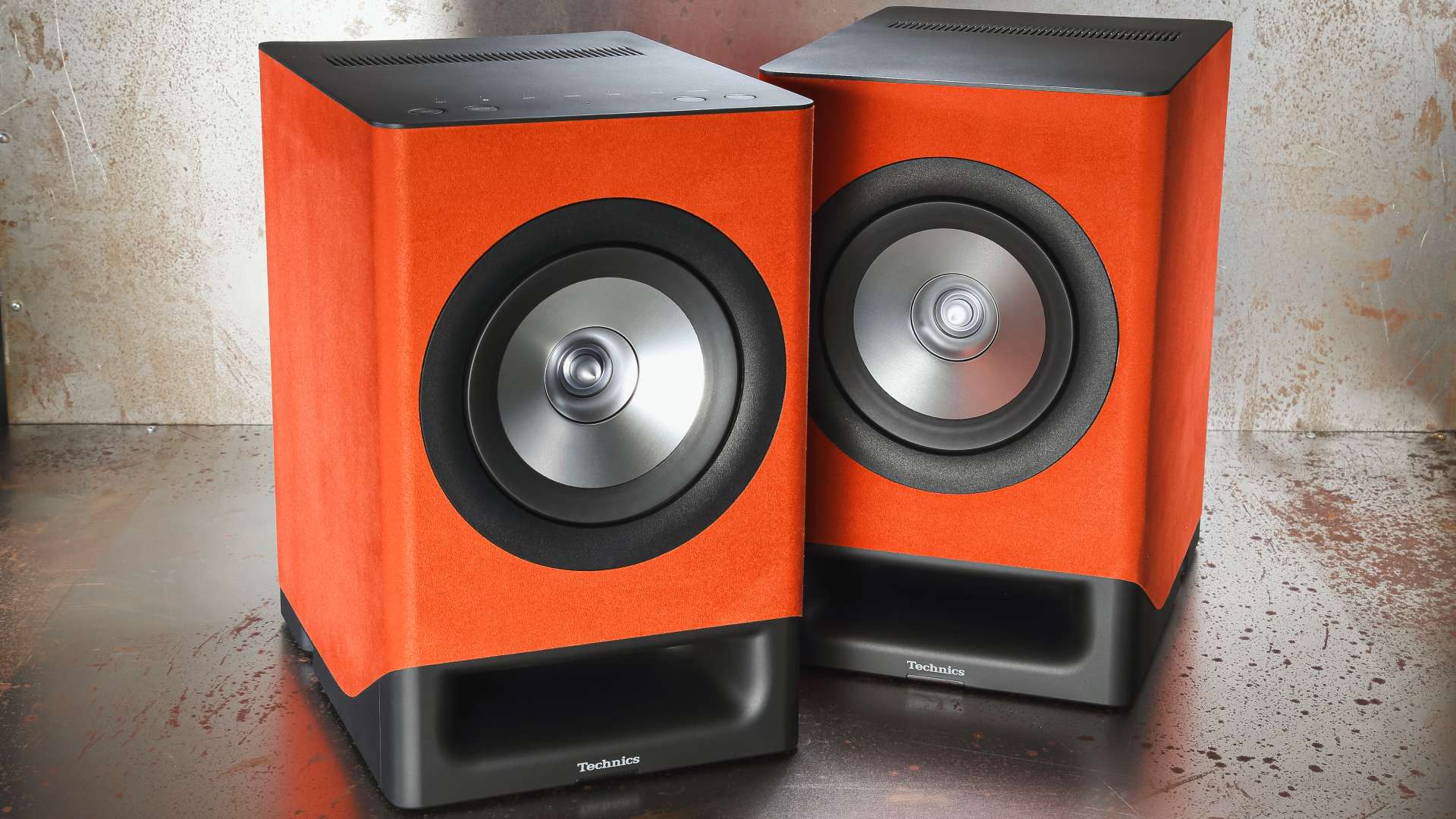
Like many other manufacturers, Technics also takes the path of assembling the names of its components from a seemingly random combination of numbers and letters—although the designation “SC-CX700” of the test device discussed here is not too unwieldy compared to some other brands.
However, from the nomenclature, one can indeed see how the new speakers are probably meant to be understood. Looking at the current portfolio, Technics uses, for example, the prefix “SL” for all versions of their legendary turntables, amplifiers are called “SU”, receivers “SA”. And the abbreviation “SC” has so far been used by the brand, revived in 2014/2015 by parent company Panasonic, for their “Ottava” all-in-one systems. These carry everything from CD and radio to music streaming, amplifier, and speakers in a small housing.
So we learn from this: The SC-CX700 are not just modern, wirelessly connectable active speakers with streaming; Technics sees them as a complete system in one. Appropriately, the manufacturer directly calls them a “speaker system”; they are supposed to take over all tasks of a complete stereo system just as well. But still be decent speakers and thus probably surpass the demands of complete systems. Despite all the practicality and comfort of the “all-in-one” device category, these often have design-related limitations in terms of sound quality. A true stereo stage and powerful impulses from a single, small housing are simply not easy to achieve, if not impossible.
Just by being a pair of classic stereo speakers, the SC-CX700 already offer some advantages in this comparison. Of course, the speakers are supposed not just to sound “somewhat better” than inexpensive compact systems but to inspire with their sound—we will attribute this ambition to the Japanese manufacturer here. For the highest performance, Technics wanted to draw from all facets of its own creations with the SC-CX700. Although one might currently most likely think of turntables, none of their technology has directly flowed into these—we imagine that would be rather difficult anyway.
Digital Amplifier Technology
For this, the so-called “Technics Orchestration Concept” includes the best from the brand’s current speakers as well as Technics’ own amplifier technology, which we encountered, for example, in the reference amp “SU-R1000“. Inherited from this is the “JENO” Engine, a digital amplifier that sits individually in each speaker. In addition, according to the manufacturer, 100 W of power is available per box, which should suffice for decent volumes.
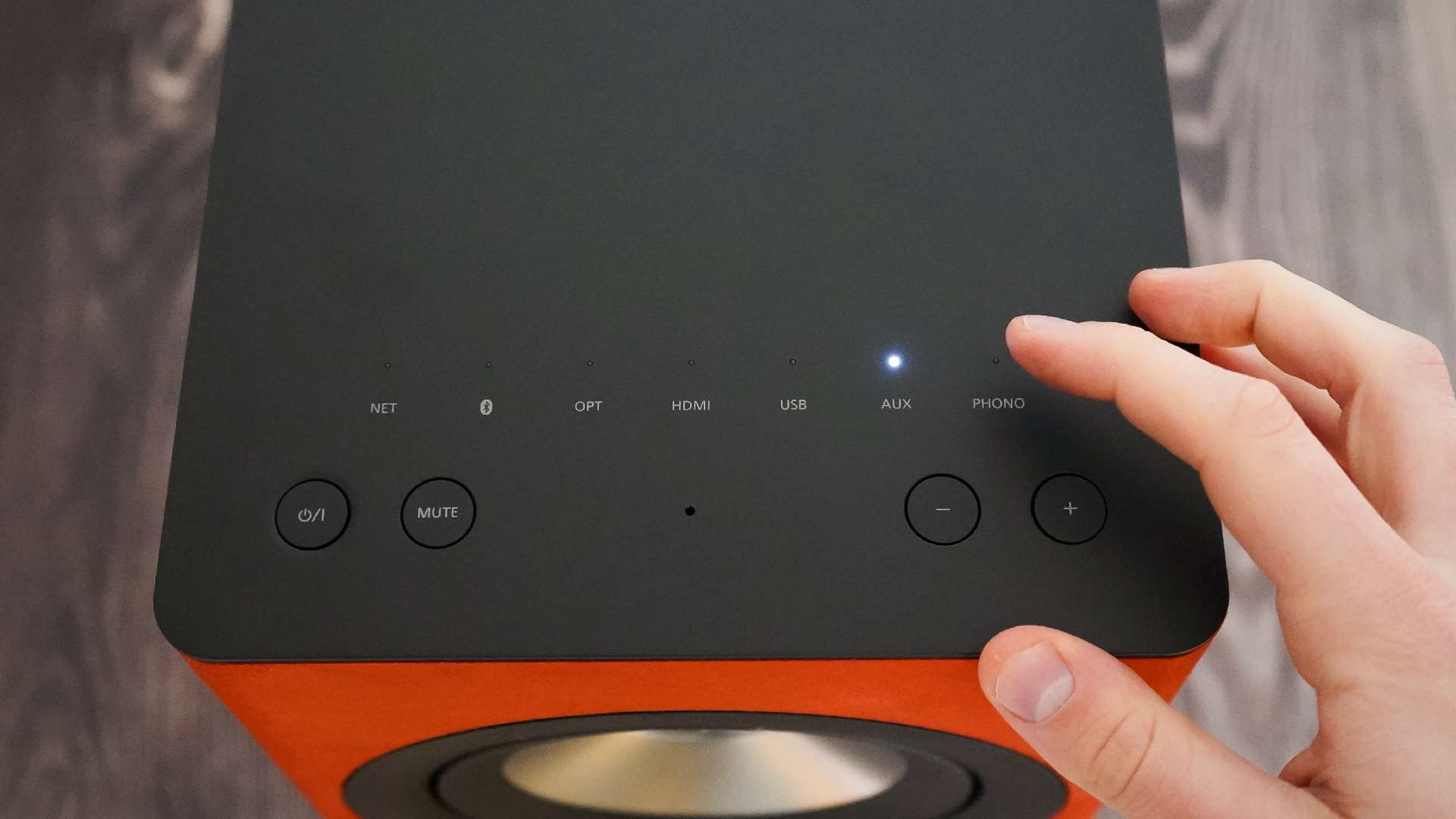
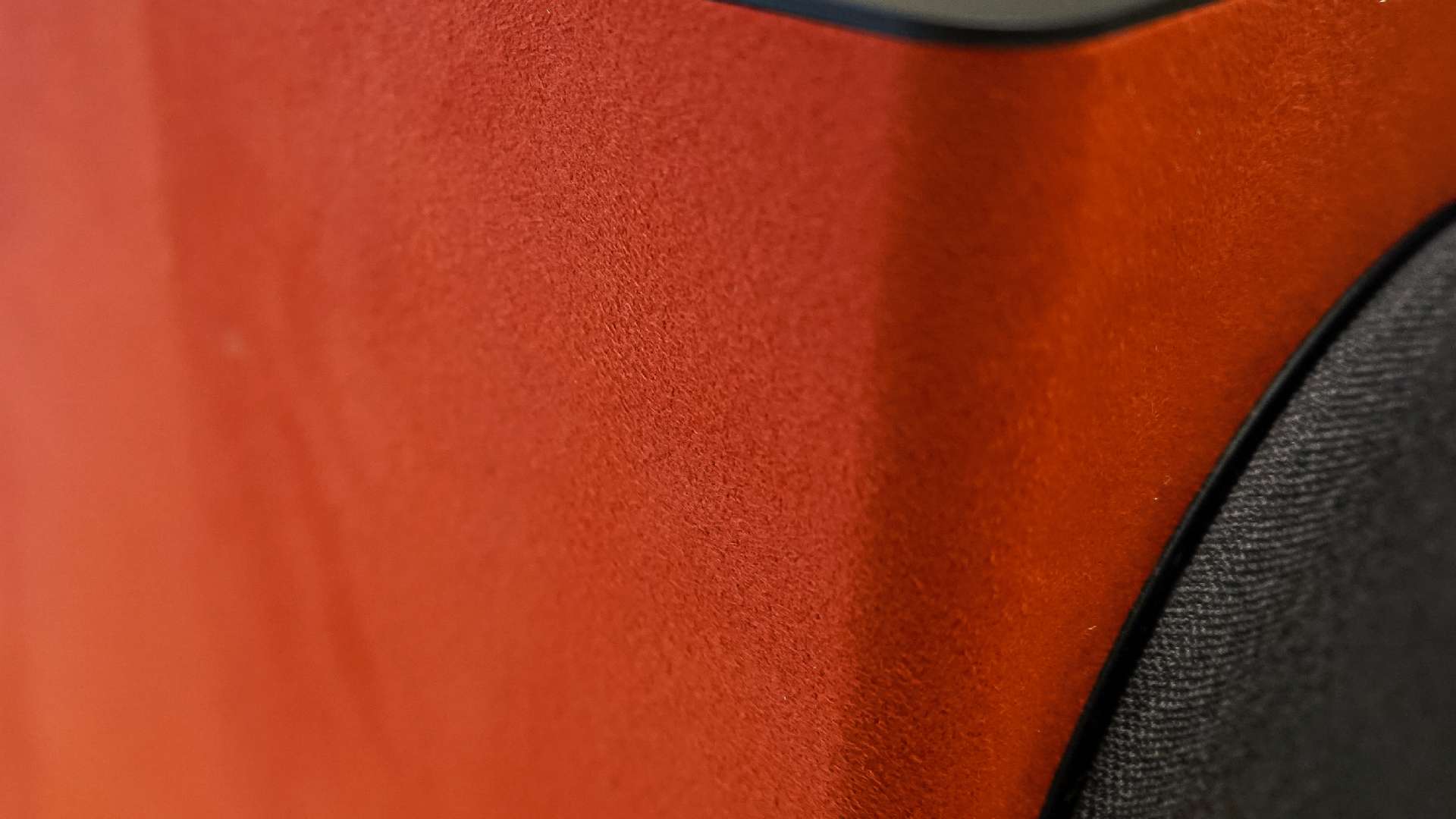
According to Technics, one of the great advantages of this “Engine” is the reduction of jitter, that is, unwanted disturbances in the digital signal. Accordingly, JENO stands for “Jitter Elimination and Noise-Shaping Optimization”. This aptly describes what ideally should happen to the digital signal before it is sent directly to the power amplifier.
Central to this is the built-in clock generator, which is supposed to ensure that all signals are processed identically and with the highest precision. Analog signals are first digitized for this purpose—which is necessary for technical reasons alone, as the signals from the analog inputs on the master box are digitally transmitted to the second speaker.
The sampling rate of the thus digital signals is then converted or upsampled according to the timing of this clock, which is supposed to enable more precise processing. As a final step, there is also the most interference-free possible conversion into PWM signals (Pulse Width Modulation), which are then converted into electrical signals for the speaker drivers in the power amplifiers.
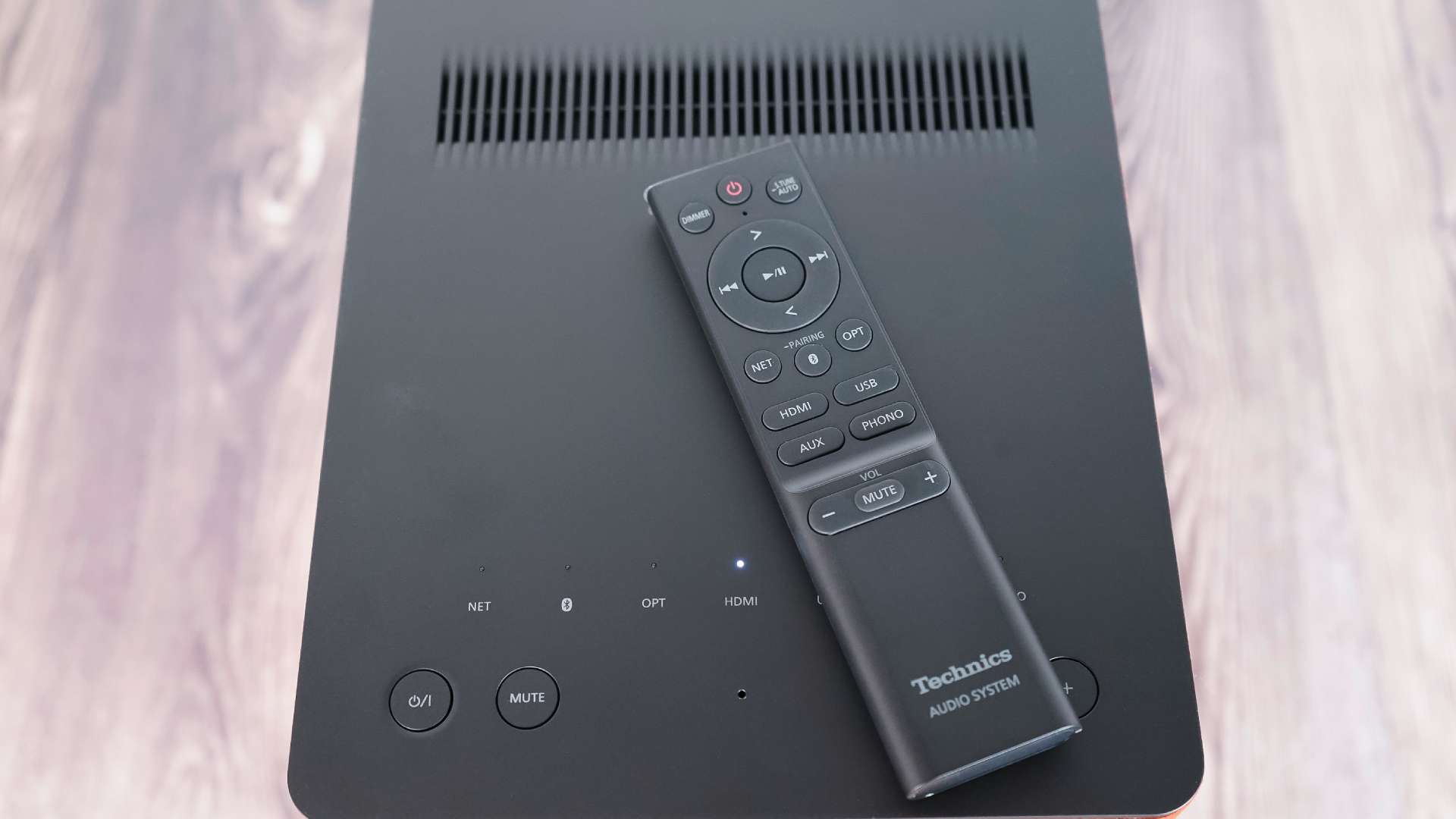
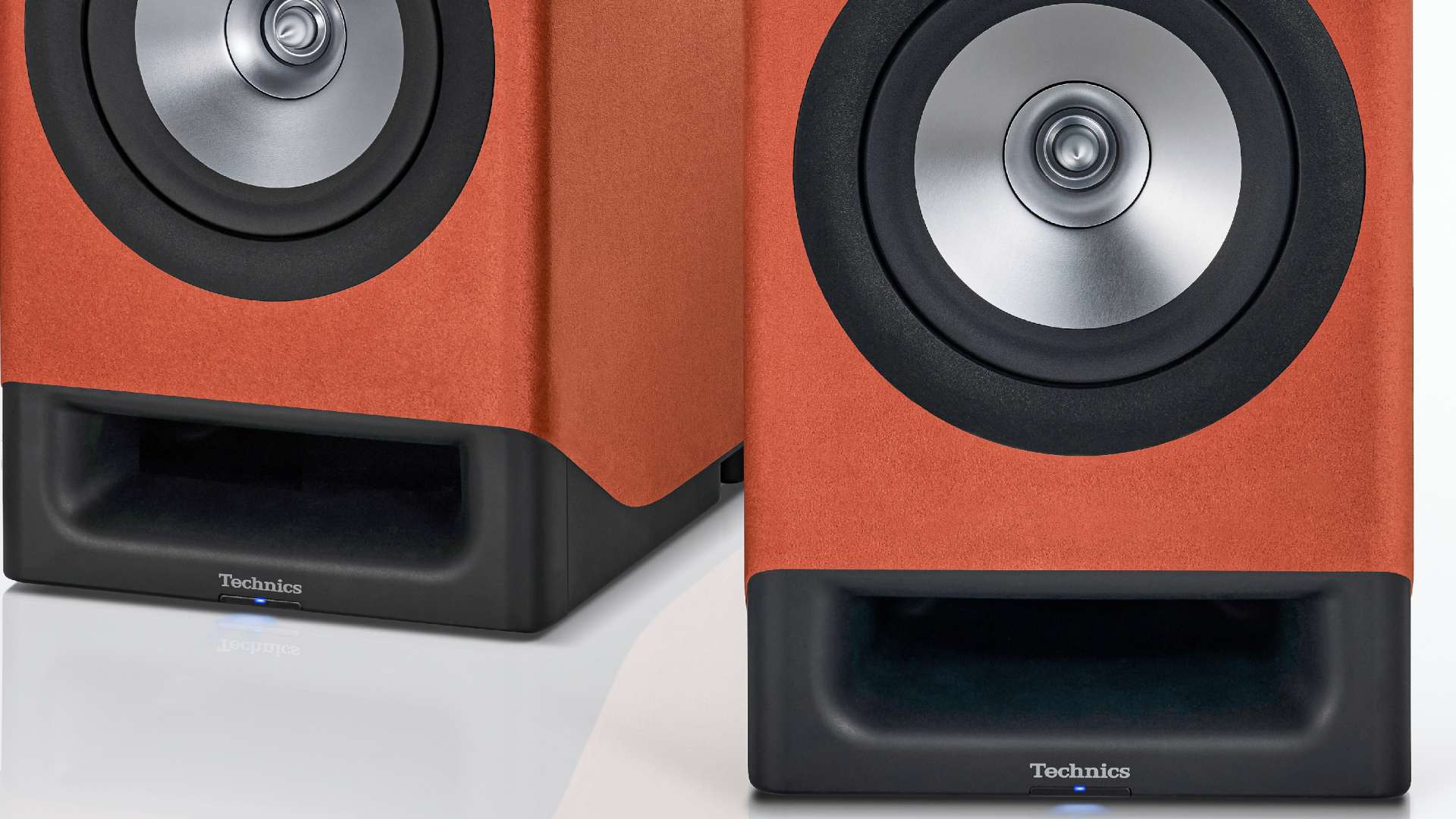
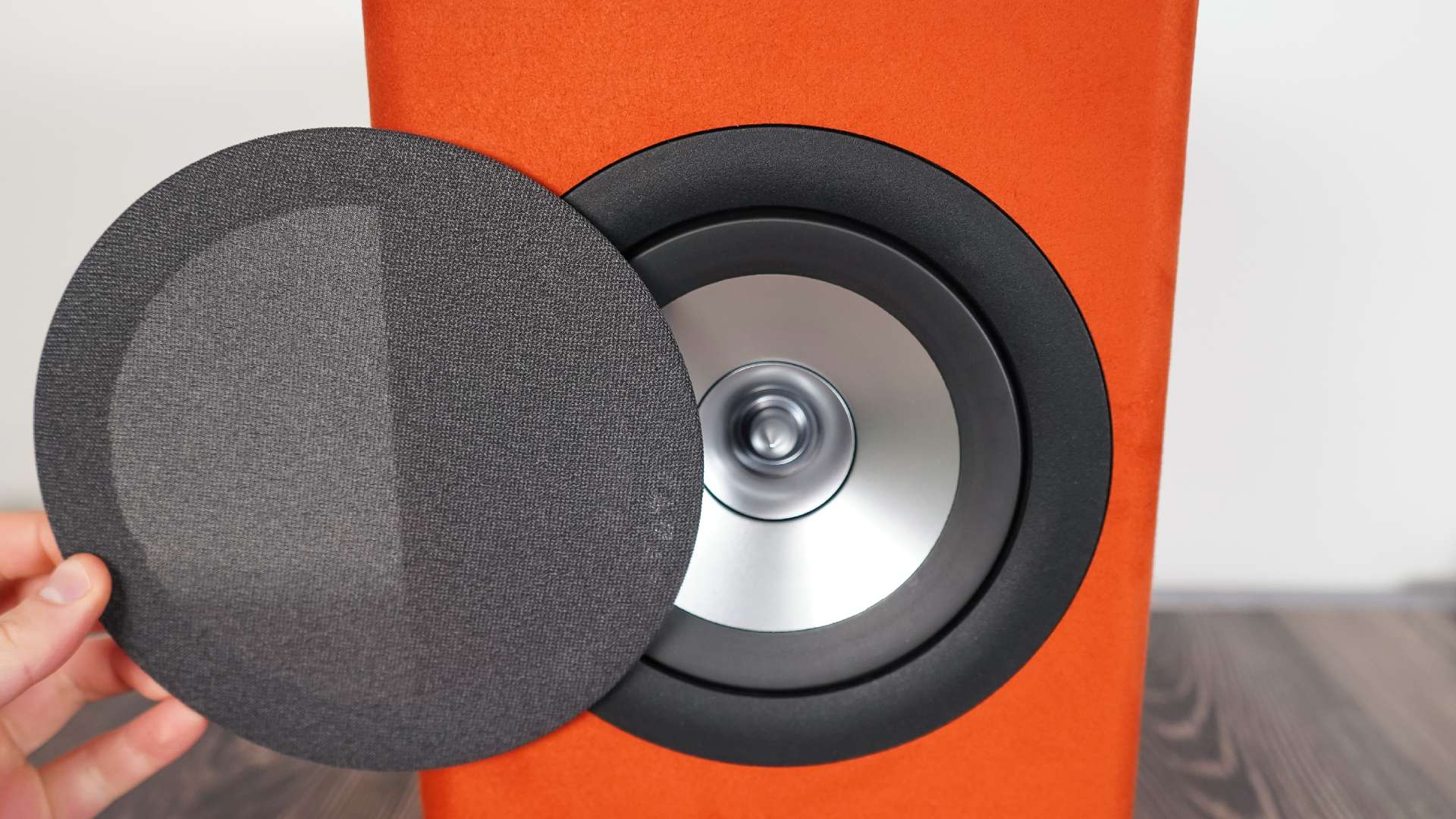
Refined Speaker Design
With the amplification covered, we turn to the speaker itself. And you don’t even need to read the description to recognize its relationship to other Technics speakers. A coaxial driver—that consists of a small tweeter in the middle of a mid/bass driver—and a front-facing bass reflex port remind us not coincidentally of the SB-C600 (7Review 4/22). Some technologies from these and other Technics speakers flow into the newcomers.
We encounter quite a number of somewhat cumbersome terms for Technics’ own concepts and technologies that are supposed to enhance the sound and are part of the aforementioned concept. “Balanced Driver Mounting Architecture”, for example, means that inside the speaker there is an internal wall that fixes the driver and thus reduces vibrations.
A little behind that sits another internal wall, which effectively isolates the speaker section from the amplifier in the rear part of the box. At Technics, this is called “Acoustic Solitude” and keeps the amplifier circuits free from speaker vibrations. The effective separation can also be noticed in the heat development: after a long listening session, the amplifier side warms up noticeably, while the front of the box remains cooler.
Speaking of isolation: Technics also separates the individual parts of the amplifier from each other and from the power supply. The power supply also feeds the amplifier and the rest of the circuitry separately, which again is supposed to reduce interference. To allow the amp to work effectively, we also discover various ventilation openings on the boxes.
While the speaker driver also comes from other Technics boxes, it has been further developed for the SC-CX700 and is thus the “Phase Precision Driver 4”. The coaxial unit is intended to function as a point sound source and, thanks to improvements to the ring tweeter, offer an increase in naturalness and spatiality. Due to its light construction, it is also supposed to operate extremely quickly.
Also proprietary to Technics is the “Smooth Flow” diaphragm of the midrange driver, which transitions into a flat surround and is supposed to play without disturbing reflections.
The manufacturer also refers to the bass reflex port as “Smooth Flow”, whose position and design were optimized through computer-aided analyses.
As perhaps the last in this long series of ideas and technologies is “Model Based Diaphragm Control”: it is intended to prevent harmonic distortions in the bass range from being transferred to other frequencies, which cleans up the overall sound image.
For this purpose, the incoming music signal is passed through a digital signal processor (DSP) that simulates the movement of the speaker diaphragm. This simulation is then calculated with a stored optimum in such a way that distortions are filtered out. We will come to the influence of this intensive processing on the sound later; regarding distortion measurements, we did not obtain reliable and comparable values.
When it comes to construction, we have left one aspect unmentioned so far—the fundamental design of the boxes. On the one hand, the rounded corners are supposed to enhance the sound, but a major “selling point” is rather their surface. Sure, design and taste are debatable, but in the 7Review editorial team, the Technics have found some visual friends.
For the majority of the boxes are covered with a special material that is supposed to imitate suede. And it does that really well; visually, the boxes are exceptionally classy, and the tactile feel is fitting. It may not be the top priority with speakers, but in addition to the good craftsmanship, it’s simply a pleasure to run your hand over the Technics boxes.
In addition, we are particularly impressed with the finish of our test model; in addition to black and silver, there is also terracotta brown. Even if at first we thought more of rust—in a positive sense—we are more than taken with this version.
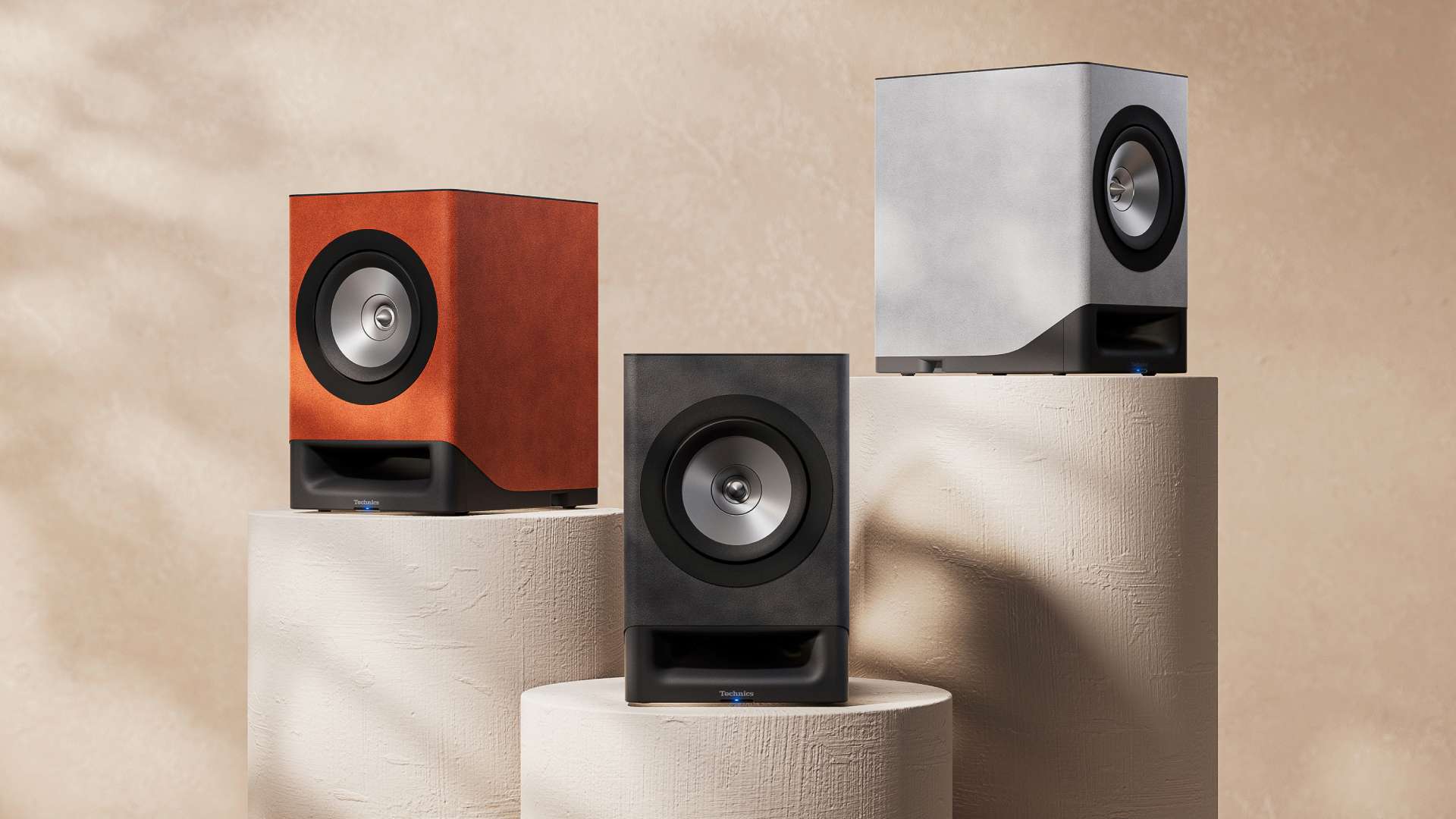
THIS IS WHAT WE LISTENED WITH

SNARKY PUPPY: WE LIKE IT HERE
Fantastic live album by the fusion band, currently released as “Reimagined”.
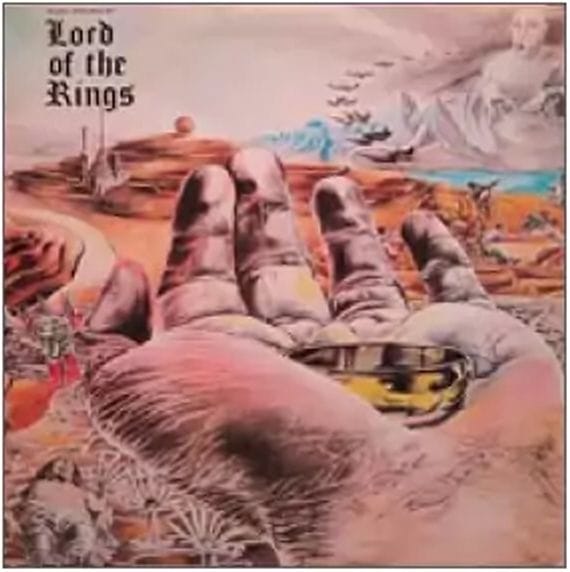
BO HANSSON: LORD OF THE RINGS
Epic instrumental music inspired by Tolkien’s saga.
Connections for (Almost) All Cases
As a smart and modern component, music streaming via Wi-Fi or LAN is undoubtedly the intended main source of the Technics boxes, but they also accept music via cable. However, the selection is somewhat surprising.
The most “normal” is the optical digital input, as well as the almost indispensable HDMI input for the TV in the living room. This is followed by a practical subwoofer output for more low-frequency sound, as well as a USB-C port explicitly intended for connecting a computer.
While this represents a good package on the digital side, the analog connections are surprising. On the one hand, they forgo an RCA line-level input; there is only a mini-jack. On the other hand, we discover a phono input for MM cartridges!
That Technics wanted to solve the modern problem “How do I listen to records on a digital speaker” could very well be the case. Or perhaps they wanted to create a suitable playmate for the ever-growing list of the brand’s turntables with these little boxes.
Because, with the exception of the SL-1500C, none of the current Technics turntables has a built-in phono preamp. In terms of price, the “DJ turntable” SL-1200MK7 and the SL-100C would be the suitable partners. And these could also be satisfied with the vinyl equalization of the speakers; it sounds neutral and balanced, yet appealing—not reference level, but quite good for an “extra”.
The connection between the speakers themselves is wireless, for which they are paired at the factory. Alternatively, Technics includes a cable with which they can be connected. This can, on the one hand, increase stability—although we never had any issues with the wireless option—but also enables higher resolutions. Because wirelessly, the main speaker sends at a maximum of 24-bit/96 kHz; via cable, it reaches 24/192. But this, as mentioned, only concerns the speaker connection; in general, signals up to 32/384 and even DSD up to DSD256 are accepted and converted for transmission.
When it comes to controlling the speakers, the app is, as so often, at the forefront. For streaming, internet, and sound adjustment, it is necessary; for all basic functions, the solid remote control suffices. There are also controls on the boxes themselves, whose confirmation “beep” can fortunately be deactivated—a quick input change can be done there, but we do miss a button for play/pause.
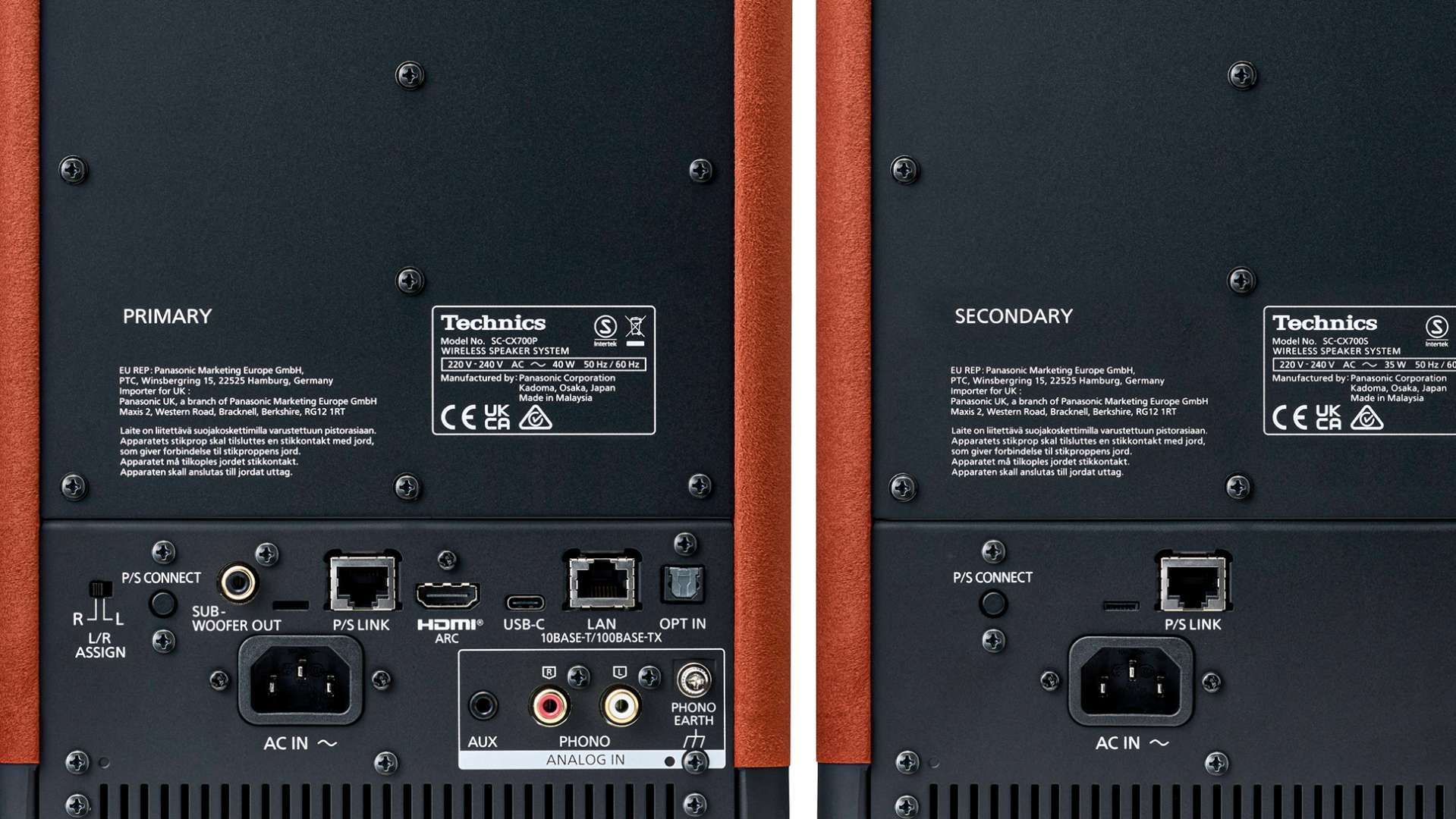
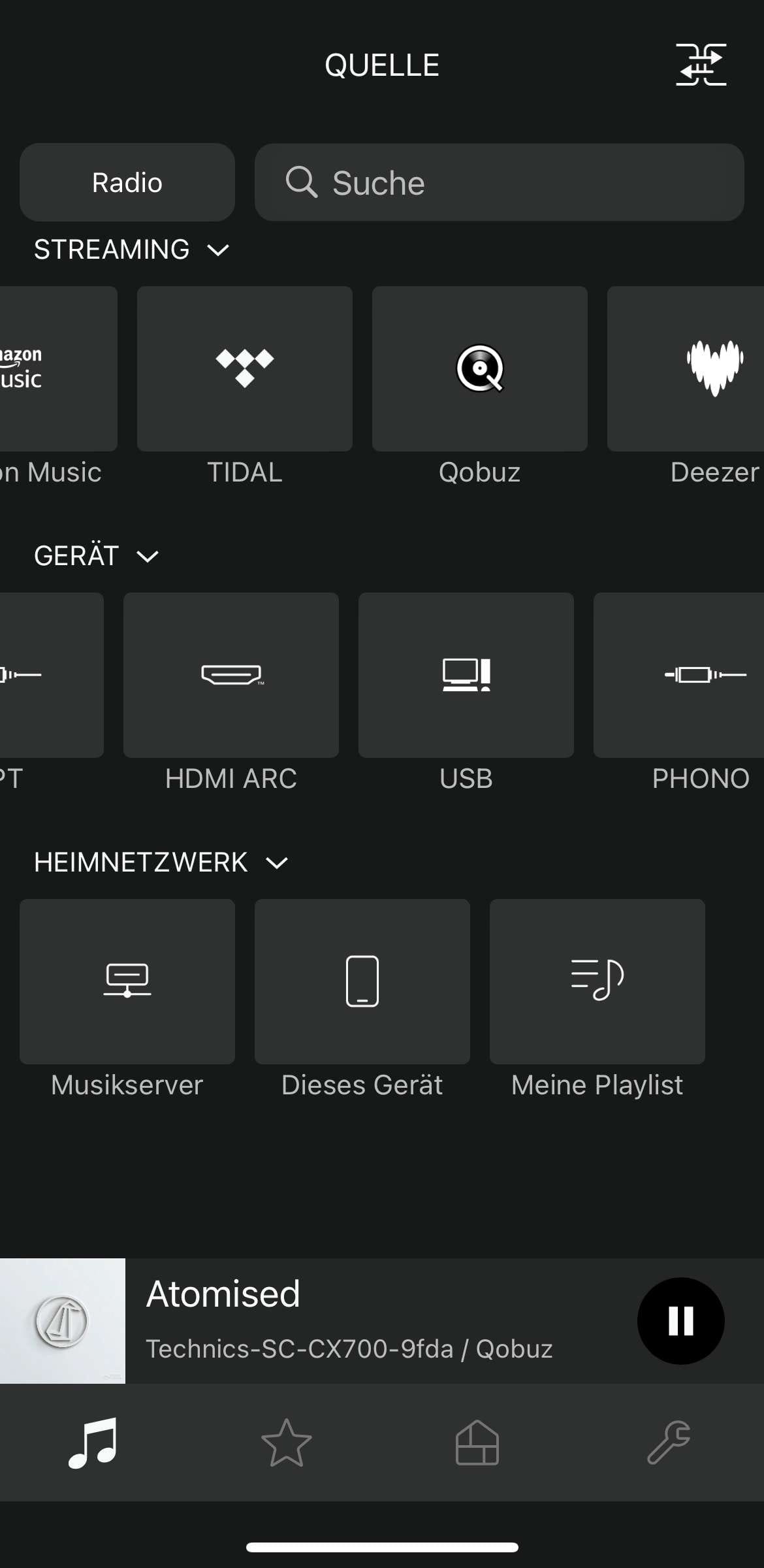
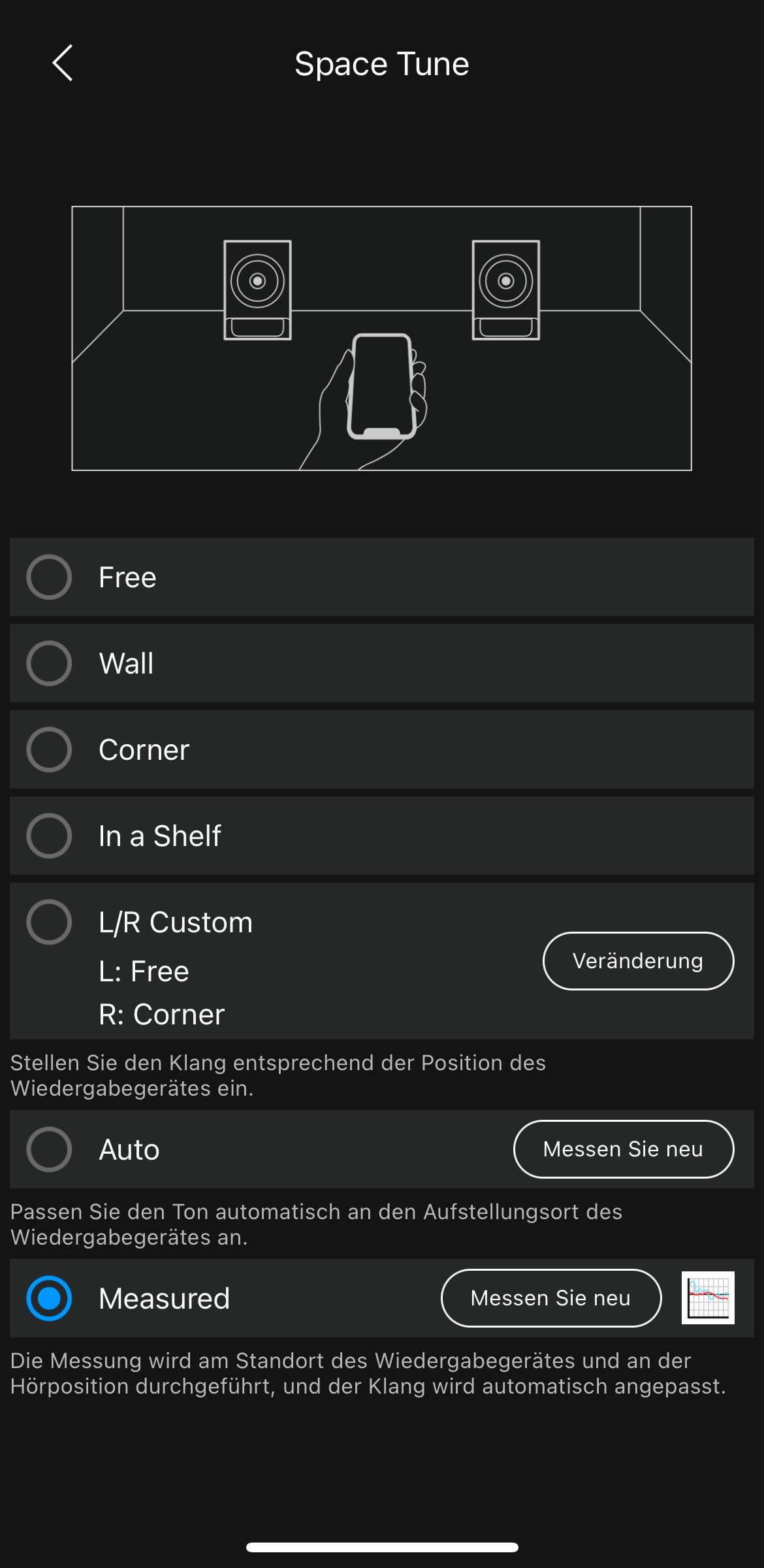
Specs
- Product Type/Price Class: Active speaker with streaming / €2,000 to €4,000
- Website: technics.com
- Dimensions and Weight: 20 x 31 x 27 cm / 20 kg (per pair)
- Distribution/Contact in Germany: Panasonic Marketing Europe / +49 04085490
Design and Build
- Principle: 2-way coaxial, bass reflex
- Communication Between Speakers: Wireless or wired
- Recommended Placement: Position is freely selectable thanks to DSP, angled
Sound (45% of evaluation)
- Sound Quality Rating: 1.9 (Good)
- Characteristics: Clean and structured, as well as impulsive and pleasing; could be slightly more contoured.
Measurements (15% of evaluation)
- Frequency Response: Good
- Transient Response: Satisfactory
- Total Harmonic Distortion at 63/3k/10k Hz: Not measurable
- Power Consumption Idle (in Watts): Master 11.8 W / Slave 7.4 W
Features (20% of evaluation)
- Sound Adjustment: Yes
- Available Finishes: 3 (Black, Grey, Brown)
- Included in Delivery: Remote control, cover, Speaker-Link cable
- Build Quality and Handling: Good
- Connectivity:
- Inputs: Phono (MM), AUX, optical, USB-C, HDMI ARC, Subwoofer
- Bluetooth: Yes
- Expandability: No
Supported Streaming Standards
- AirPlay, Chromecast, Spotify / Tidal Connect, Roon, UPnP / DLNA, Qobuz, Amazon, Deezer, Tidal via app, Internet radio
Supported Music Formats
- Many, including Hi-Res up to 32 bit / 384 kHz & DSD256
Usability (20% of evaluation)
- Setup / Initial Startup: Good
- Operation on Device / Display: Satisfactory
- Quality of Instructions / App / Remote Control: Good / Good / Satisfactory
- Warranty: 2 years
Overall Test Result
- Sound Level: 95% (converted to 10-point scale: 9.5/10)
- Price/Performance: Excellent (converted to 10-point scale: 10/10)
Verdict
When you purchase through links on our site, I may earn an affiliate commission. Here’s how it works.
Technics SC-CX700 Wireless HiFi Speaker System
Best Wireless HiFi Speaker System , UK audio show 2024 , active speakers.





